

Articles
How To Store Unused Hangers
Modified: March 1, 2024
Learn the best methods for storing unused hangers and organizing your articles to maximize space. Declutter your closet with these helpful tips.
(Many of the links in this article redirect to a specific reviewed product. Your purchase of these products through affiliate links helps to generate commission for Storables.com, at no extra cost. Learn more)
Introduction
Have you ever found yourself with a surplus of unused hangers taking up valuable space in your home? If you’re like most people, the answer is probably yes. Unused hangers can accumulate quickly, whether they’re from clothing purchases, dry cleaning, or simply items you no longer need to hang up. Instead of allowing these hangers to clutter your closet or laundry room, why not find a way to store them neatly and efficiently?
In this article, we’ll guide you through the process of storing unused hangers properly. By following these steps, you’ll not only free up space in your home but also ensure that your hangers remain in good condition for future use. Whether you have plastic, wooden, or wire hangers, we have storage solutions for all types.
So, let’s dive in and discover the best practices for storing your unused hangers!
Key Takeaways:
- Properly storing unused hangers involves gathering, sorting, and storing by type. Utilize hanger organizers, label and categorize, and choose an appropriate storage location to maintain an organized and clutter-free home.
- Regular maintenance and reorganization of stored hangers are essential. Conduct quality checks, reorganize as needed, and purge unused hangers to ensure an efficient and well-organized storage system.
Read more: How To Store Hangers
Step 1: Gathering Unused Hangers
The first step in storing unused hangers is to gather them from various parts of your home. Check your closets, laundry room, and any other areas where hangers might be scattered. Collect all the hangers you want to store in one central location to make the sorting and organizing process easier.
As you gather the hangers, take a moment to assess their condition. Inspect each hanger for any signs of damage, such as cracks, bends, or missing parts. Separate any damaged hangers from the ones that are still in good condition. It’s best to discard or recycle the damaged hangers to avoid cluttering your storage space with unusable items.
Once you have gathered all the unused hangers, it’s time to move on to the next step: sorting them by type.
Step 2: Sorting Hangers by Type
Now that you have gathered your unused hangers, it’s time to sort them by type. This step is important because different types of hangers require different storage solutions. By sorting them accordingly, you’ll be able to choose the most appropriate storage method for each type.
Start by categorizing your hangers into three main types: plastic hangers, wooden hangers, and wire hangers. Plastic hangers are lightweight and flexible, often used for everyday clothing items. Wooden hangers, on the other hand, provide more durability and are commonly used for suits, jackets, and heavier garments. Wire hangers are thin, lightweight, and often associated with dry cleaning and retail clothing.
Set aside each type of hanger into separate piles or containers. This will make it easier to store and organize them in the next steps. Additionally, this sorting process will help you identify the quantity of each type of hanger you have, allowing you to plan your storage solution accordingly.
By sorting your hangers by type, you’ll be ready to move on to the next step: removing any clips or accessories.
Step 3: Removing Any Clips or Accessories
Before proceeding with storing your hangers, it’s important to remove any clips or accessories that may be attached to them. Clips are commonly found on plastic and wire hangers and are used to hold pants, skirts, or other items in place. Accessories can include things like cascading hooks, non-slip inserts, or additional attachments.
To remove clips, simply squeeze the ends of the clip and slide them off the hanger. Be careful not to apply too much force, as you don’t want to damage the hanger in the process. If you have hangers with cascading hooks or other accessories, detach them according to the manufacturer’s instructions.
Removing clips and accessories will not only ensure that they don’t snag or break during storage but also make the hangers more compact and easier to store. This step will also prevent any sharp edges or protrusions that could potentially damage other hangers or items in your storage space.
Once you have removed all clips and accessories, you’re ready to move on to the next step: storing plastic hangers.
Step 4: Storing Plastic Hangers
Plastic hangers are lightweight and commonly used for everyday clothing items. Storing plastic hangers efficiently will help save space and keep them in good condition. Here are a few options for storing plastic hangers:
- Hanger stackers: Hanger stackers are specially designed to hold multiple hangers vertically, reducing clutter and maximizing storage space. Simply slide the hangers onto the stacker, stacking them one on top of the other. This is an excellent option if you have a large quantity of plastic hangers that you want to store in a compact manner.
- Hanger boxes: Hanger boxes are plastic or cardboard boxes with hanger-shaped cutouts. Simply slide the hangers into the cutouts, keeping them neatly organized and preventing them from tangling or getting damaged. Hanger boxes are a great option if you want to store your plastic hangers inside a closet or on a shelf.
- Hanger bins: Plastic bins or storage containers with dividers can also be used to store plastic hangers. Place the hangers inside the bin, separating them with the dividers to prevent them from tangling. This method allows you to easily access and transport your hangers whenever needed.
- Hanging hooks: If you have limited closet or storage space, consider using hanging hooks to hang your plastic hangers vertically. Install the hooks on a wall or the back of a door and hang the hangers directly on the hooks. This method keeps the hangers easily accessible and prevents them from taking up unnecessary space.
Choose the method that best suits your space and preferences. Once you have stored your plastic hangers, you can move on to the next step: storing wooden hangers.
Read more: How To Store Unused Biscuit Dough
Step 5: Storing Wooden Hangers
Wooden hangers provide durability and are commonly used for suits, jackets, and heavier garments. Proper storage of wooden hangers is essential to maintain their quality and prevent any damage. Here are a few methods for storing wooden hangers:
- Hanger organizers: Hanger organizers are specifically designed to hold wooden hangers in an orderly manner. These organizers typically have slots or hooks where you can hang the hangers vertically or horizontally. This method keeps your wooden hangers neatly arranged and allows for easy access when selecting your clothing.
- Hanging rods: If you have a designated area with hanging rods, such as a closet or wardrobe, consider using these rods to hang your wooden hangers. Place the hangers directly on the rod, evenly spacing them apart to prevent overcrowding. This method is convenient and allows you to see your clothing options at a glance.
- Wall-mounted hooks: Another option for storing wooden hangers is to install wall-mounted hooks. These hooks can be placed at a suitable height on a wall or the back of a door. Simply hang the wooden hangers on the hooks, ensuring they are evenly spaced. This method keeps your hangers off the floor and utilizes vertical space effectively.
- Garment bags: If you have rare or delicate garments on wooden hangers, consider using garment bags for storage. Place the hanger with the garment inside the bag, ensuring that it is not crowded or pressed against other items. Garment bags provide extra protection from dust, moths, and other potential damage.
Choose the storage method that best fits your available space and the number of wooden hangers you have. Once your wooden hangers are stored, you can proceed to the next step: storing wire hangers.
To store unused hangers, consider using a hanger stacker or a storage box to keep them organized and prevent tangling. This will help save space and keep your closet tidy.
Step 6: Storing Wire Hangers
Wire hangers are thin, lightweight, and often associated with dry cleaning and retail clothing. Storing wire hangers properly will help prevent them from tangling, bending, or taking up unnecessary space. Here are a few options for storing wire hangers:
- Hanging hooks: One of the easiest and most convenient ways to store wire hangers is by using hanging hooks. Install hooks on a wall or the back of a door, leaving enough space between each hook. Hang the wire hangers individually on the hooks, ensuring they are evenly spaced. This method keeps your wire hangers organized and easily accessible.
- Wire hanger caddy: A wire hanger caddy is a specially designed container that holds multiple wire hangers at once. Simply place the hangers inside the caddy, allowing them to hang freely. This method keeps your wire hangers neatly contained and prevents them from tangling with each other.
- Drawer dividers: If you prefer to keep your wire hangers inside a drawer, consider using drawer dividers. These dividers help create separate compartments for each hanger, preventing them from becoming tangled or mixed up. Be sure to choose a drawer with enough depth to accommodate the length of the wire hangers.
- Wire hanger bag: Another option is to store your wire hangers in a bag. Simply gather the hangers together and place them inside a fabric or plastic bag. Tie the bag securely to prevent the hangers from falling out. This method is particularly useful if you need to transport your wire hangers or if you have limited storage space.
Choose the storage method that works best for you based on your available space and the number of wire hangers you have. Once your wire hangers are properly stored, you can move on to the next step: utilizing hanger organizers.
Step 7: Utilizing Hanger Organizers
Hanger organizers are a great tool to help maximize space and keep your hangers neatly arranged. Regardless of the type of hanger you have, utilizing hanger organizers can make a significant difference in your storage efficiency. Here are a few options for hanger organizers:
- Hanging closet organizers: Hanging closet organizers typically feature multiple compartments or pockets where you can store various items, including hangers. Simply slide your hangers into the designated slots or pockets, keeping them organized and easily accessible. Hanging closet organizers are versatile and can be hung on a closet rod or secured to a wall.
- Drawer organizers: If you prefer to store your hangers inside a drawer, consider using drawer organizers. These organizers have compartments that can house individual hangers. Place the hangers in separate sections to prevent them from tangling or getting mixed up. Drawer organizers are an excellent option if you want to keep your hangers hidden from view while maintaining a clutter-free space.
- Hanger stackers: Hanger stackers, as mentioned earlier, are designed to hold multiple hangers in a compact vertical stack. This option is especially useful for storing plastic hangers. The stacker keeps the hangers securely in place, preventing them from sliding or falling out. Hanger stackers are a space-saving solution for those with a large number of hangers to store.
- Hanger trees: Hanger trees are freestanding structures that have multiple arms or branches from which you can hang your hangers. With a hanger tree, you can conveniently hang and organize your hangers in one centralized location. Hanger trees are particularly suitable for storing multiple types of hangers and are a stylish addition to any closet or room.
Choose the hanger organizer option that suits your storage needs and space availability. Incorporating hanger organizers will help you maintain a well-organized and clutter-free storage area for your hangers.
Now that your hangers are organized, you can move on to the next step: labeling and categorizing them.
Step 8: Labeling and Categorizing Hangers
Labeling and categorizing your stored hangers can bring an added level of organization and convenience to your storage system. By properly labeling and categorizing your hangers, you can easily locate specific types of hangers when you need them. Here’s how you can approach this step:
- Labeling: Use labels or tags to indicate the type of hanger and any other relevant information. For example, you can label plastic hangers for specific clothing categories like “Tops” or “Dresses,” wooden hangers for “Suits” or “Jackets,” and wire hangers for “Dry Clean Only” or “Retail Store.” Attach the labels or tags to the hangers using string, ribbon, or adhesive labels to ensure they stay in place.
- Categorizing: Create separate sections or areas within your storage space for each type of hanger. You can use shelf dividers, bins, or clearly marked sections to keep the hangers organized. Arrange the hangers within each section or bin according to their designated categories. This categorization will help you easily locate the specific type of hanger you need without having to search through all of them.
- Color-coding: Another option for categorizing hangers is to use a color-coding system. Assign a specific color to each category of hanger. For example, use blue labels or tags for plastic hangers, brown for wooden hangers, and green for wire hangers. This visual cue will quickly guide you to the desired hanger type, simplifying the retrieval process.
- Inventory list: Consider creating an inventory list of your stored hangers. This list can include the number of hangers per category and any specific details you want to note, like special features or brands. Maintain this list and update it as you add or remove hangers from storage. Having an inventory list will provide a comprehensive overview of your hanger collection and help you keep track of what you have.
Labeling and categorizing your hangers will make it easier to find the hangers you need and maintain a well-organized storage system. It’s time to move on to the next step: selecting an appropriate storage location.
Read more: How To Store Unused Fondant
Step 9: Choosing an Appropriate Storage Location
Now that your hangers are sorted, organized, and labeled, it’s time to select an appropriate storage location for them. The right storage location should provide easy access, protection from damage, and efficient use of space. Consider the following factors when choosing a storage location:
- Accessibility: Choose a location that is easily accessible to you. It can be a dedicated closet, a section of your wardrobe, a storage room, or even an unused corner of a room. The key is to ensure that you can reach your hangers without much effort when you need them.
- Climate control: If your hangers are made of wood or have delicate fabrics attached, it’s important to store them in a climate-controlled area. Extreme temperature and humidity can lead to warping, mold, or damage. Consider a storage space with temperature and humidity controls to preserve the quality of your hangers.
- Protection: Choose a storage location that provides adequate protection for your hangers. Avoid areas prone to water leaks, excessive dust, or pest infestation. If necessary, cover your hangers with garment bags or protective covers to offer an extra layer of safeguarding.
- Space optimization: Make the most of the available space in your chosen storage location. Utilize vertical space by utilizing walls, hooks, or hanging rods. Use stackable containers or storage bins to maximize space efficiency. Consider custom storage solutions like shelving units or modular systems if you have a large collection of hangers.
Based on your specific circumstances and the available space in your home, choose a storage location that meets your needs. Regularly evaluate if the chosen location is still suitable for your hangers and make adjustments as necessary.
Now that you have selected a storage location for your hangers, you’re ready for the final step: regularly maintaining and reorganizing them.
Step 10: Regularly Maintaining and Reorganizing Hangers
The final step in storing unused hangers is to establish a routine for regularly maintaining and reorganizing them. By dedicating some time to this task, you can ensure that your hangers remain in good condition and your storage space remains organized. Here’s how you can approach this step:
- Quality check: Periodically inspect your stored hangers for any signs of damage or wear. Replace any hangers that are cracked, bent, or no longer functional. By regularly conducting this quality check, you can remove damaged hangers before they take up unnecessary space or cause harm to your clothing.
- Reorganization: As your wardrobe changes and evolves, you may need to reorganize your hangers to accommodate different clothing items. Take the time to reassess your hanger categories and make any necessary adjustments. This will help you maintain an efficient storage system that aligns with your current needs.
- Straightening and tidying: Occasionally, take a few minutes to straighten and tidy your hangers to keep them neat and presentable. This can involve aligning them evenly, removing any tangled wire hangers, or rearranging them to optimize space. This simple task will make it easier to find and retrieve hangers when you need them.
- Purge unused hangers: If you find that you have accumulated more hangers than you actually need, consider purging unused ones on a regular basis. Discard or recycle hangers that are in poor condition or that you no longer require. This practice will help prevent unnecessary clutter and free up valuable storage space.
By incorporating regular maintenance and reorganization into your hanger storage routine, you’ll ensure that your hangers remain in good condition and your storage space remains organized and functional.
With these ten steps, you’ve learned how to store your unused hangers properly. By following this process, you can reclaim valuable space in your home, keep your hangers in excellent condition, and easily locate them when needed. So, gather your hangers, sort them, store them appropriately, and enjoy the benefits of an organized and clutter-free storage solution!
Conclusion
Properly storing unused hangers is essential for maintaining an organized and clutter-free home. By following the ten steps outlined in this article, you can efficiently store your hangers, maximize space, and ensure their longevity. From gathering unused hangers and sorting them by type to utilizing hanger organizers and labeling categories, each step plays a crucial role in creating an effective storage system.
Remember to choose the appropriate storage method for each type of hanger. Plastic hangers may benefit from hanger stackers or bins, while wooden hangers can be stored on hanging rods or in hanger organizers. Wire hangers can be hung on hooks or stored in caddies or bags. By selecting the right storage solution, you’ll prevent damage and make it easier to access your hangers when needed.
Labeling and categorizing your hangers further add to the efficiency of your storage system. Use labels, tags, or color-coding to identify different types of hangers and maintain organization. This labeling process helps you quickly locate the specific hangers you need without extensive searching or rummaging.
Choosing an appropriate storage location is equally important. Consider accessibility, climate control, and protection to ensure that your hangers are kept in optimal condition. Utilize available space effectively by utilizing shelves, hooks, or vertical storage options to maximize your storage area.
Finally, make maintaining and reorganizing your hangers a regular part of your routine. Conduct quality checks, reorganize when necessary, and keep your hangers straightened and tidy. Regularly purging unused hangers will prevent unnecessary clutter and free up space for other items.
By following these steps, you’ll be able to store your unused hangers properly, creating a well-organized and efficient storage system in your home. So, gather your hangers, implement these steps, and enjoy a clutter-free and organized space!
Frequently Asked Questions about How To Store Unused Hangers
Was this page helpful?
At Storables.com, we guarantee accurate and reliable information. Our content, validated by Expert Board Contributors, is crafted following stringent Editorial Policies. We're committed to providing you with well-researched, expert-backed insights for all your informational needs.


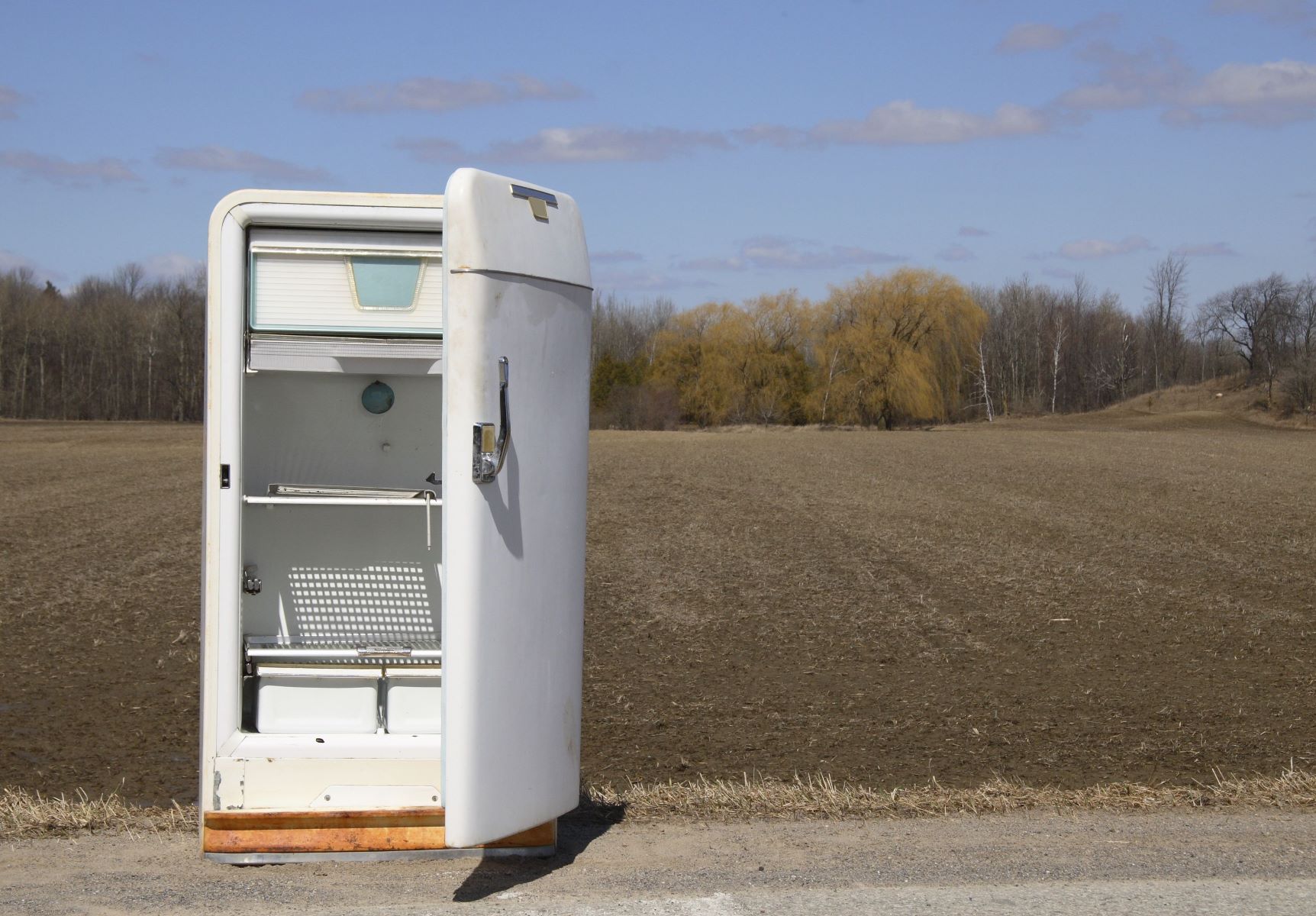

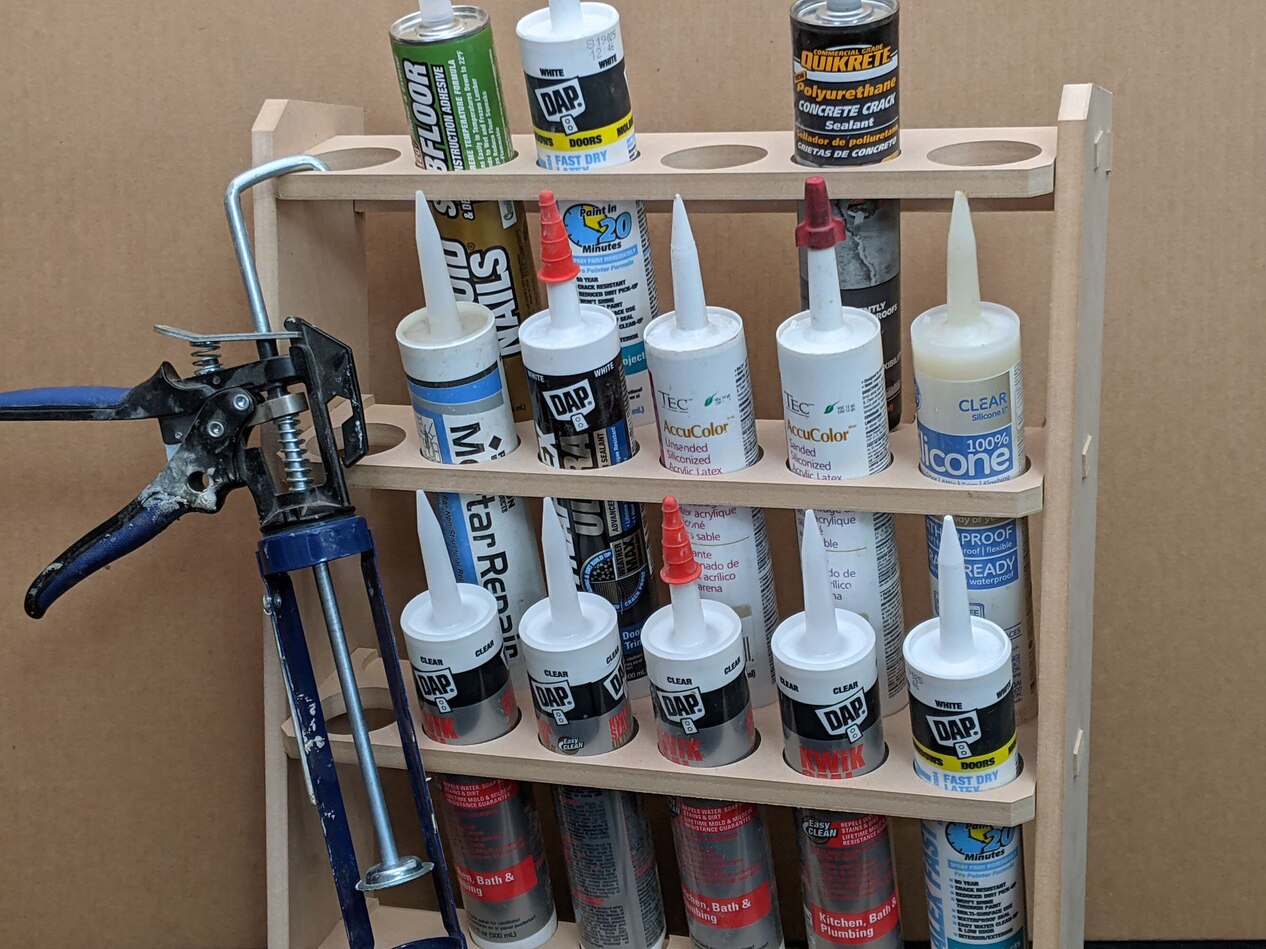

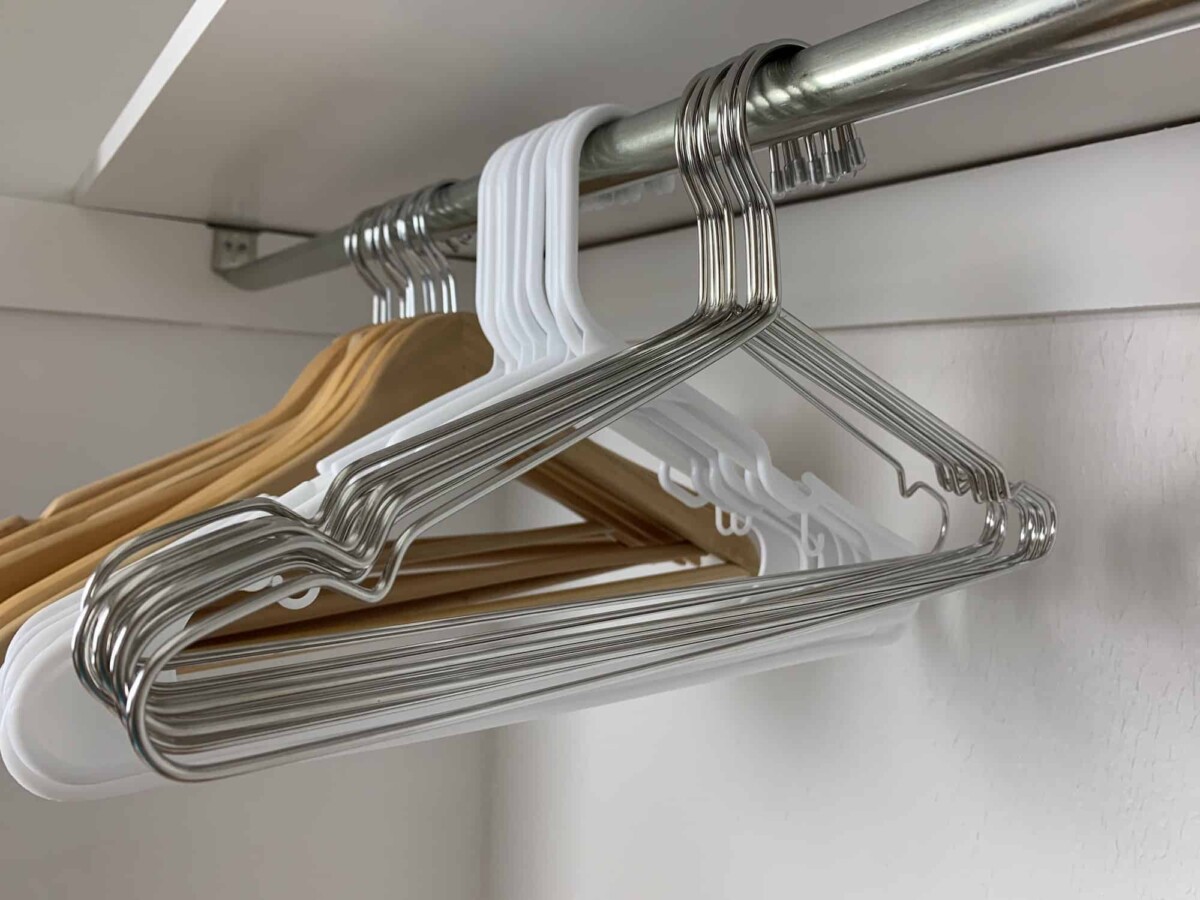
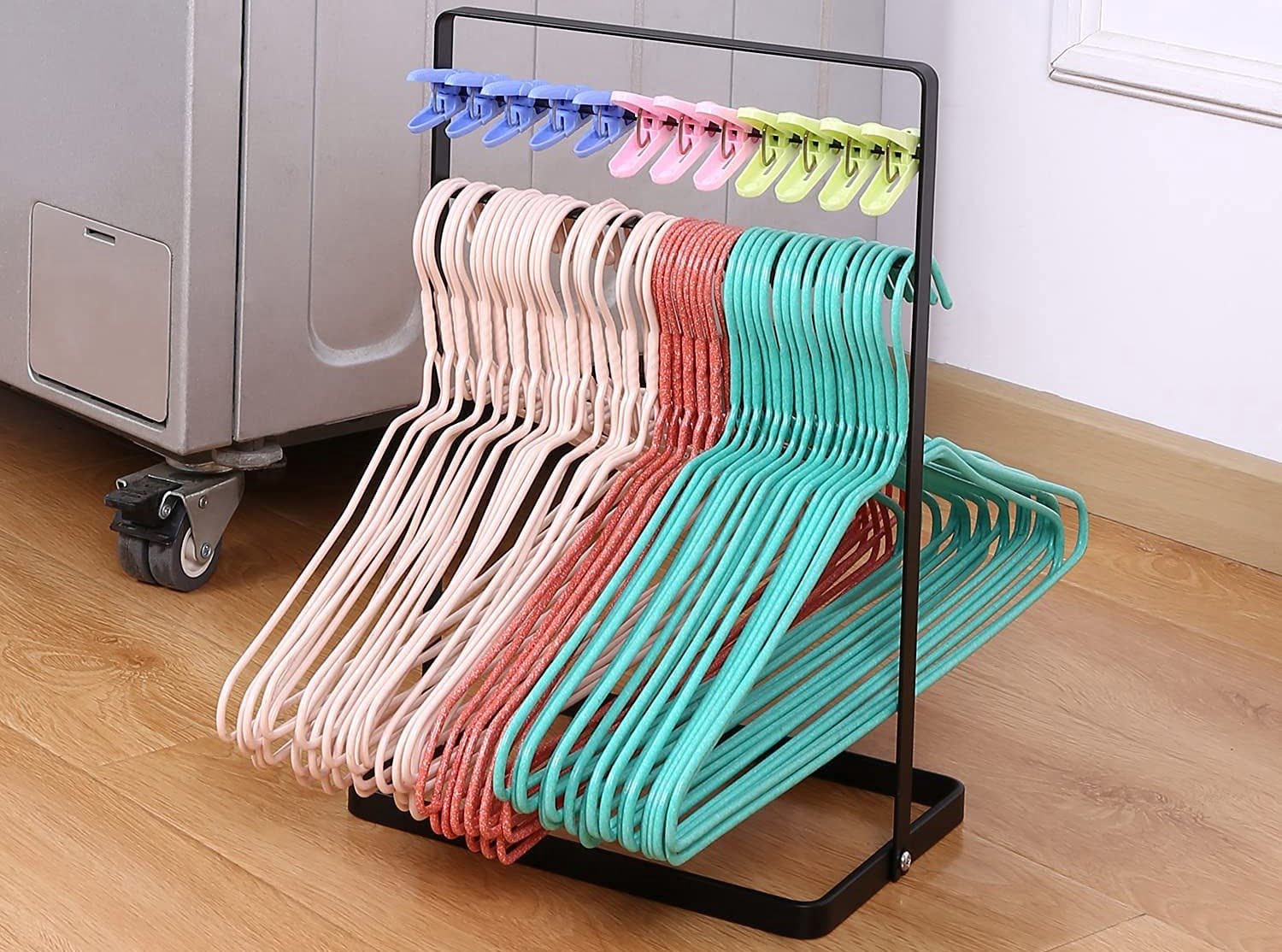
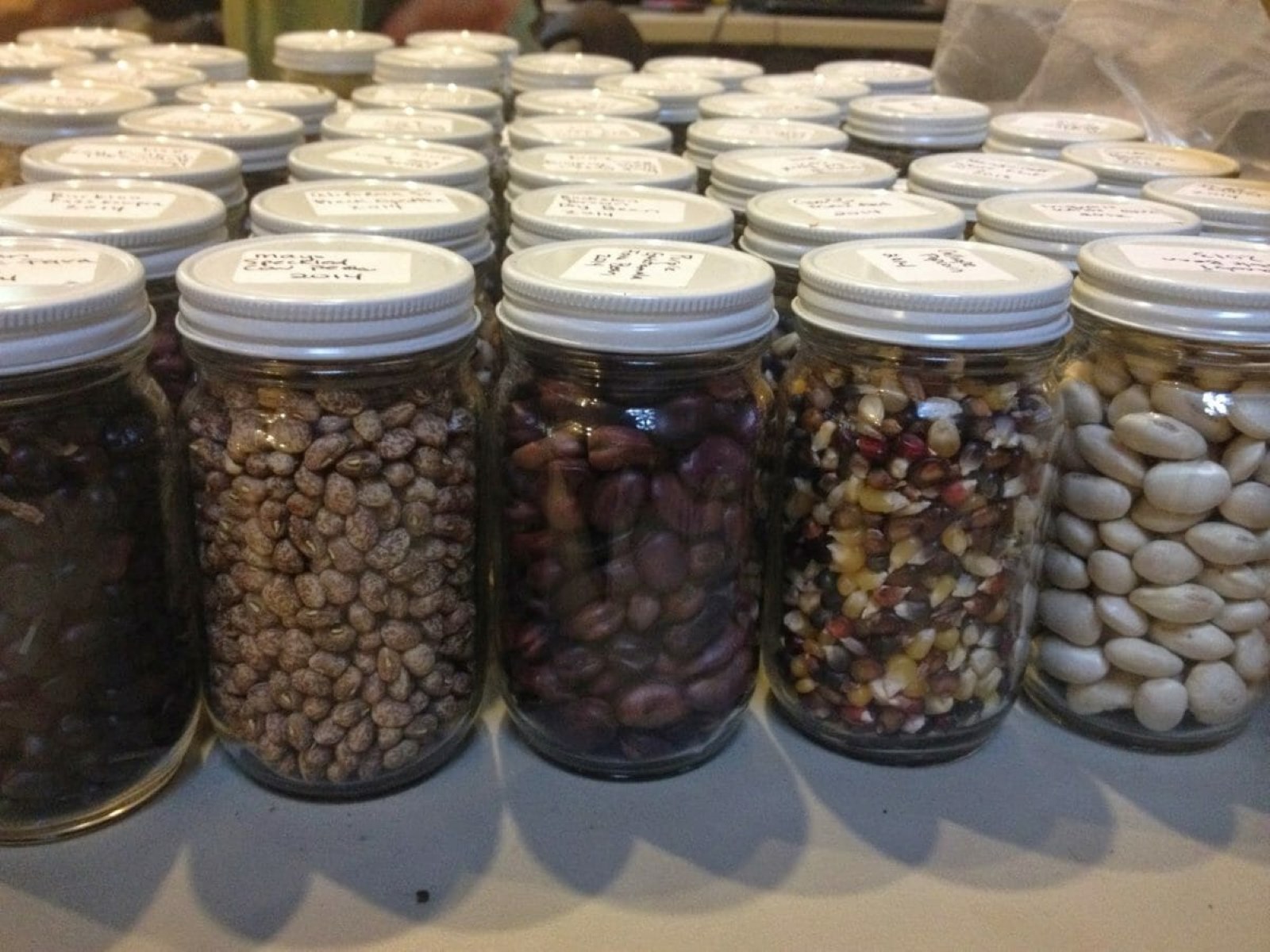
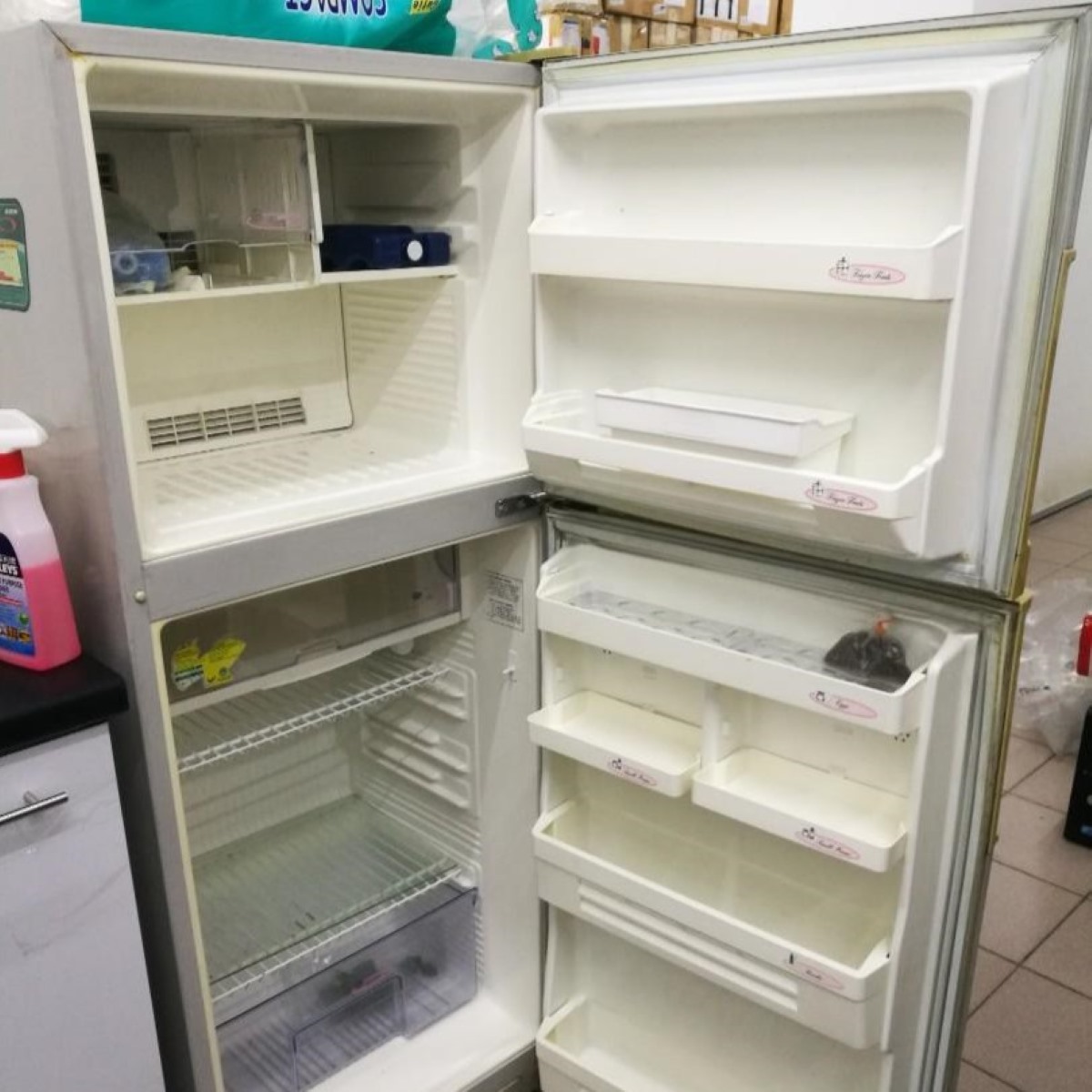
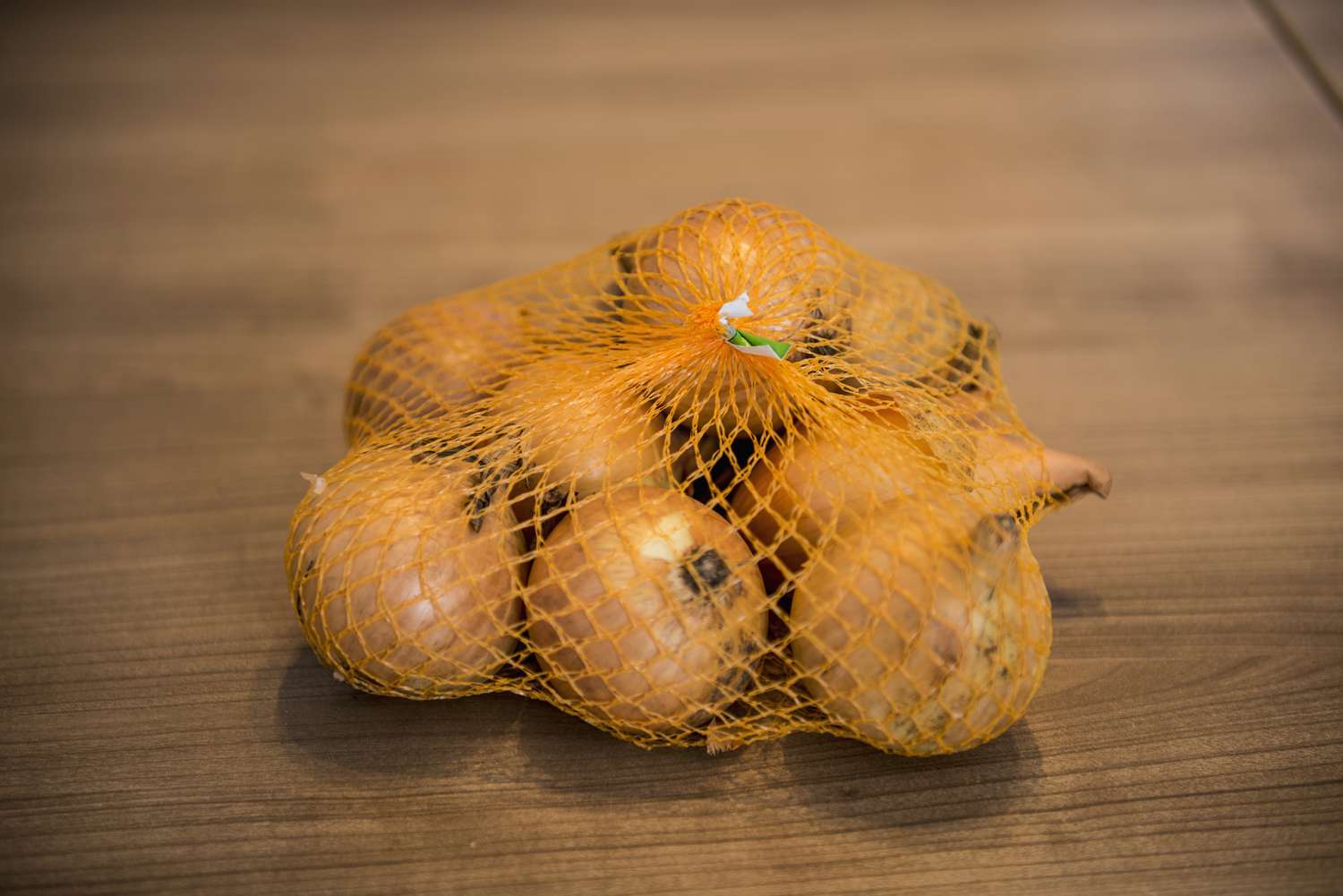
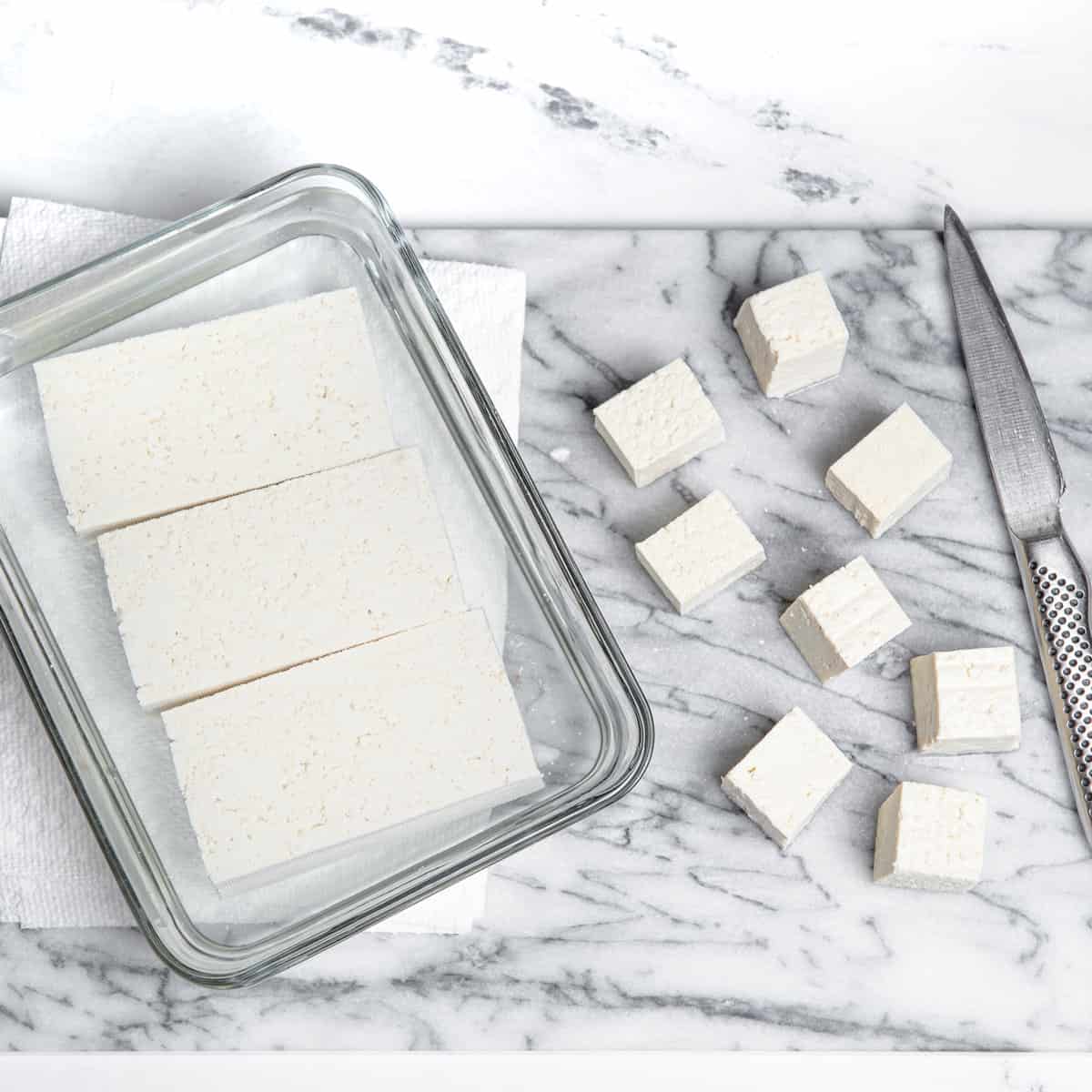
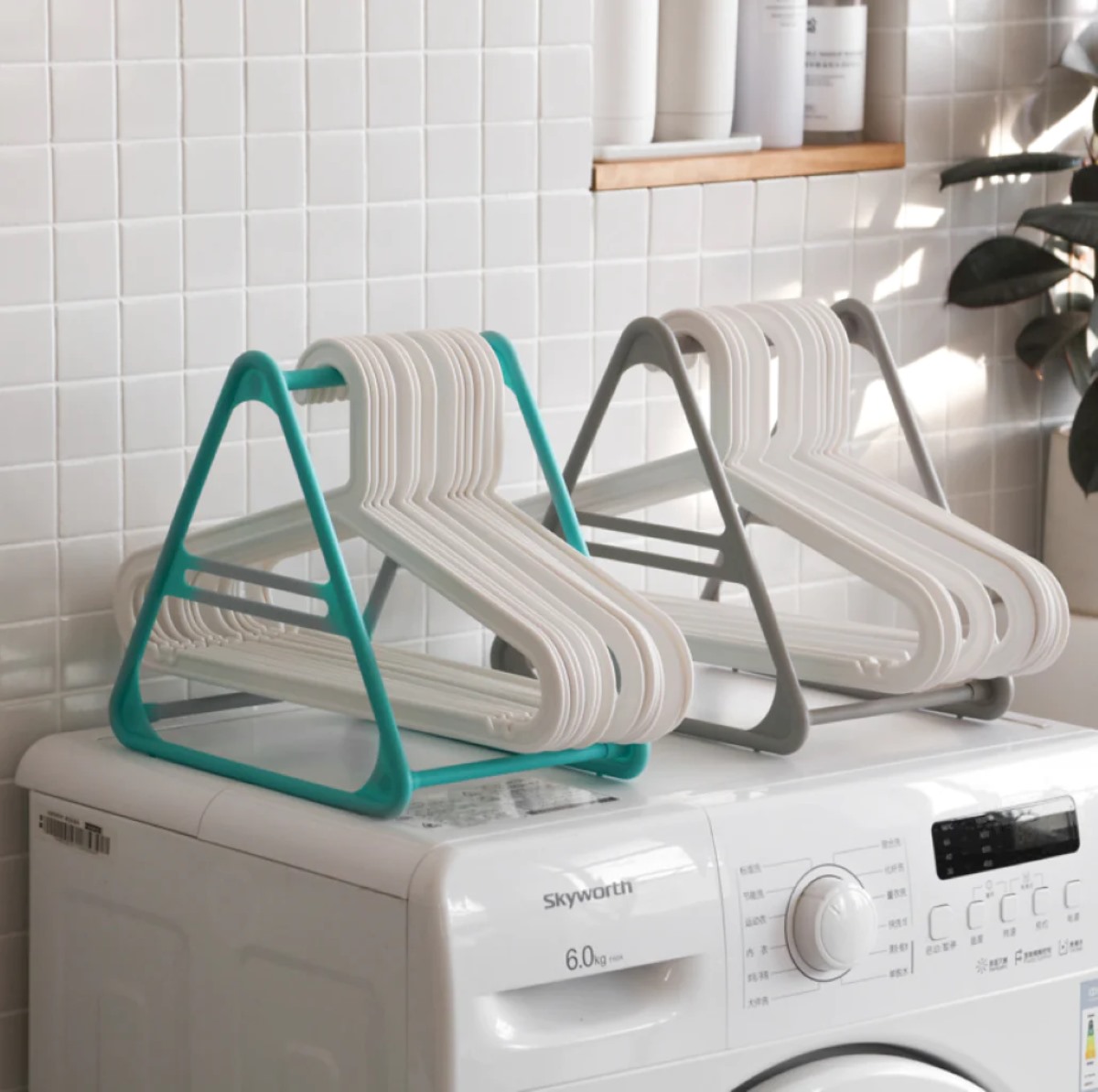

0 thoughts on “How To Store Unused Hangers”